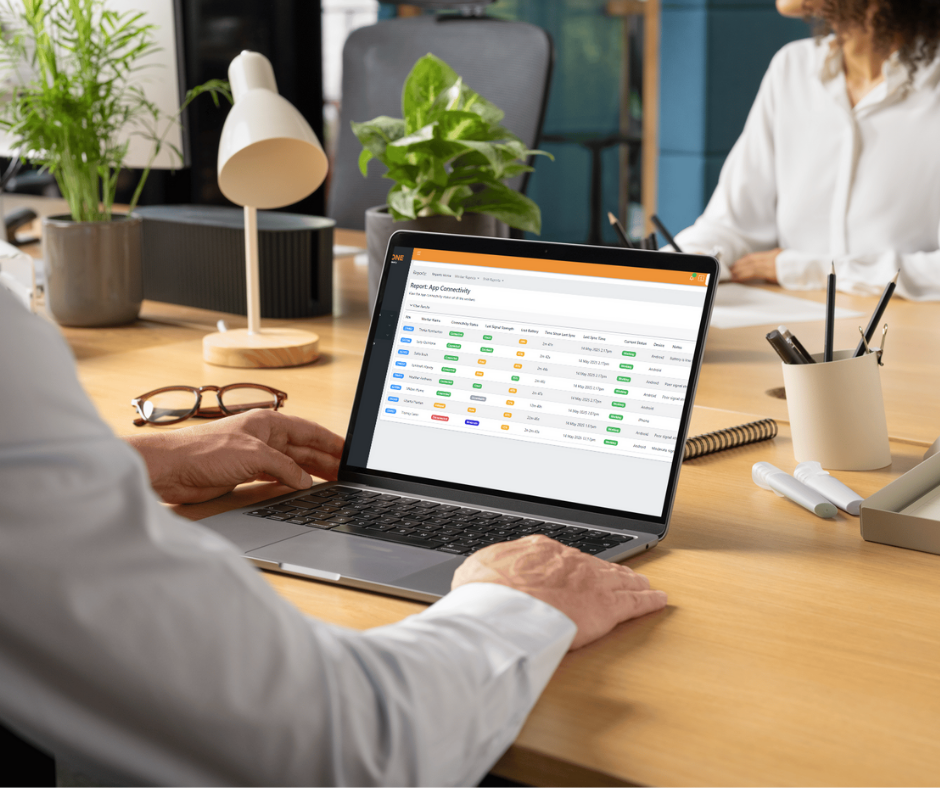Personality Type and Motivation When Using Gamification in the Workplace

It is not always easy to have workers motivated or on-board for new initiatives in the workplace, but what if these initiatives are designed to do exactly that? What if the purpose of the initiative is to rejuvenate and re-engage your workforce?
Research into Gamification
Researchers have found that ‘from a theoretical point of view gamification has the potential to foster motivation in different contexts’.¹ The study carried out by Sailer, Hence, Mandl and Klevers looked at different aspects of gamification, how they tapped into people’s psyche’s and how they could be used to increase motivation in the workplace.
Some of their findings showed that presenting challenges in different formats would motivate certain personality types.
Different Formats
‘Points are very basic game elements. Although, they seem to be very simple at a
first glance, they can address motivational mechanisms mostly referring to a
behaviourist learning perspective. The primary mechanisms are the following:
• Points function as immediate positive reinforcements
• Points can be seen as mostly virtual rewards, provided for executed actions
Badges are visual representations of achievements. Such badges systems can take
different levels of complexity. Main motivational mechanisms addressed by badges
are the following:
• Badges fulfil the players’ need for success and thereby address people with a
strong power motive
• Badges work as virtual status symbols and thereby address people with a
strong power motive
• Badges function as a form of group identification by communicating shared
experiences and activities and thereby address people with a strong
affiliation motive
• Badges also have a goal setting function
• Badges can foster the players’ feeling of competence
Leader boards provide information about a players’ success. Regarding motivation,
this element can be seen as critical, as only some people will stand on top of such
leader boards, while most of the other players will end up – presumably
demotivated – at the bottom. Nevertheless, leader boards can also address certain
mechanisms and if designed as team-score displays, they could show some
additional motivational effects.
• Individual leader boards foster competition and address achievement and
power motives
• For players at the top of leader boards, feelings of competence can arise
• Leader boards, which provide a team-score, can foster the team members
feelings of social relatedness, as they emphasise collaboration and community
activities provided by shared goals and opportunities for shared experiences
Progress bars and performance graphs each focus on individual players and their progress. While progress bars symbolize progression towards a goal, performance graphs furthermore compare the individual scores to previously achieved scores. The following mechanisms are activated:
• Both progress bars and performance graphs provide feedback
• Progress bars provide clear goals
• Performance graphs compare players’ performance to previous performances
and thereby focus on improvement and foster a mastery orientation regarding
goals
Quests are little tasks, which usually show a person the directly linked rewards.
This fosters the transparency of a possible success of action. Thus the following
motivational mechanisms are primarily addressed:
• Quests provide clear goals
• Quests highlight resulting consequences of a goal
• Quests emphasize importance of a players’ action within a giver situation’ ²
For a new initiative to engage as much of the workplace as possible, it would be best to have a system that offered many of the different types of motivation. Using a combination of the formats is more likely to appeal to the wider community of staff.
Safety Awards
Incorporating Badges, points and leader boards, Ok Alone’s Safety Award program aims to engage lone workers with their safety solution. Every month each worker’s Ok Alone activity is reviewed, and they are awarded a number of badges for features used and milestones reached. A score out of 100 is also awarded to each worker. This score takes into account a number of safety factors including missed check ins, location monitoring, shift starts and check in reminders. Workers are then able to compare their ranking in relation to other workers in their company, their country and around the world.
To find out more about the Ok Alone Safety Awards or to start a free trial, visit www.okaloneworker.com
1 & 2 - All direct quotes are from: https://www.researchgate.net/publication/278672057_Psychological_Perspectives_on_Motivation_through_Gamification
Book a Demo Today
Alternatively, get a free trial of the app
Want to try OK Alone? Click the button below and enter your details. It's free and no credit card is required.





